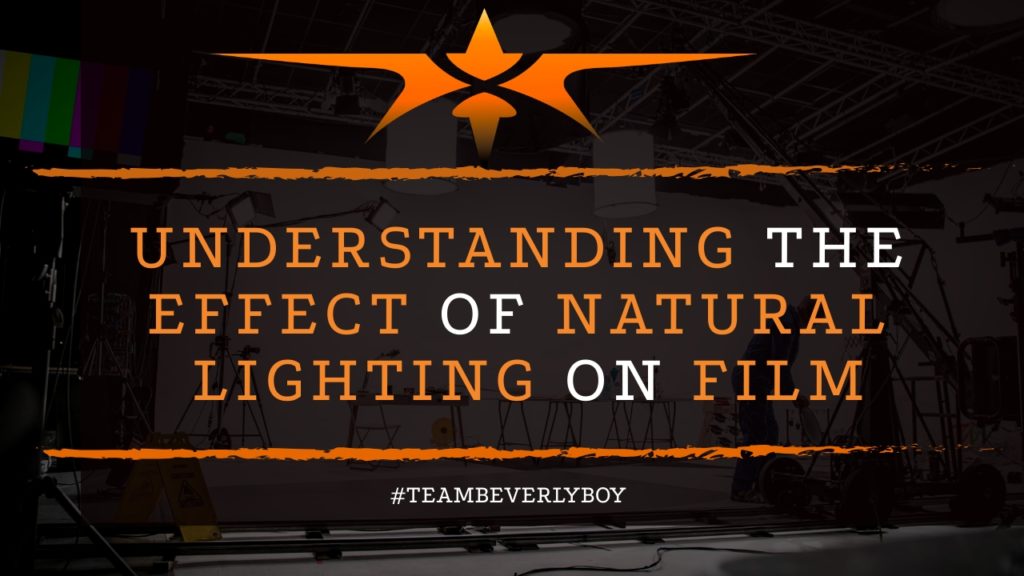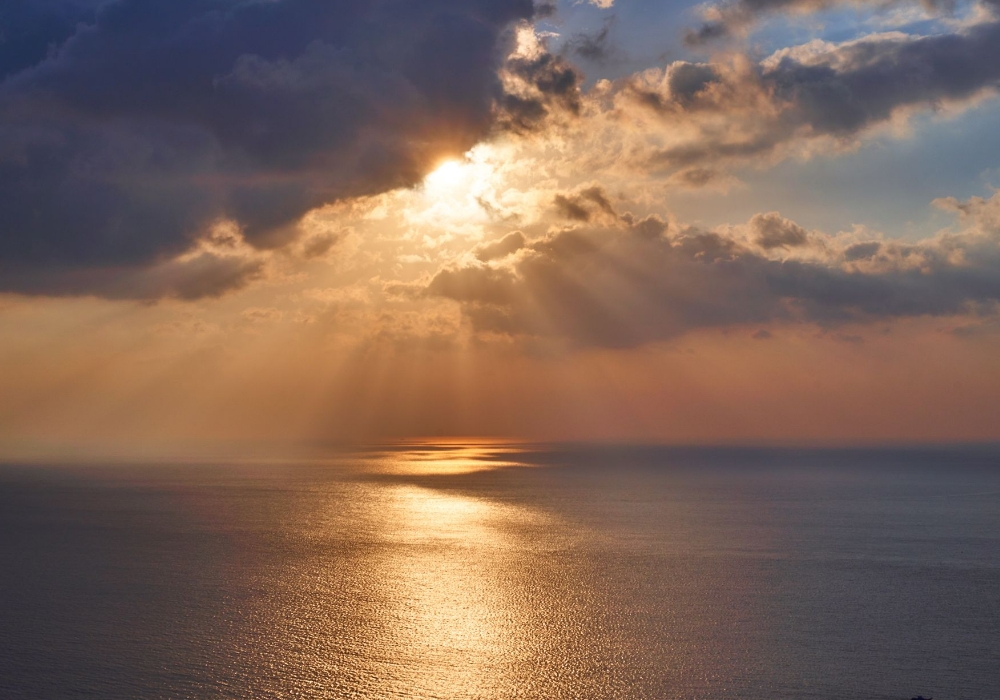
Understanding the Effect of Natural Lighting in Film
Lighting is the basis for the visual aesthetics of every film. Too much light and you get an oversaturated appearance that is difficult to see clearly. Not enough light and you won’t be able to visualize characters against the backdrop of the set. But, the right balance of light can create stunning visuals that captivate the audience. Understanding the effect of natural lighting in film can make a world of difference in your ability to render pristine shots using only the resources naturally available to you.

As you prepare your key light, fill light, and backlight, consider the ways that natural lighting can be used. This is especially true if you’re shooting in the middle of a sunny day, or at the peak of the night when the moonlight is crisp and clear.
While you have far less control over lighting placement when working with natural light, there are steps you can take to adjust the visual appearance of natural lighting to work to your advantage. Keep reading to learn more about natural lighting in film and what you can do to use Nature in your production.
Indoor Shots with Lighted Windows
If you’re shooting inside, and there are several windows in the room, you may want to limit the direction of your shots so as not to face the camera towards the window. Doing so can result in overexposure of the characters as the sun comes into the camera lens. However, this does not mean you cannot use windows to your advantage.
The light coming in from a window can be reflected with standard reflector kits to manipulate the light to the location where it is most needed. If you can’t manipulate the light to the area that you really need it, consider repositioning the rest of the elements of the set so as to allow the light to work for you. While this means making several last minute changes, it may make the difference in a perfect production, or not.
The Golden Hour

The golden hour is the time in which the sun is just about to set. The hour or so leading up to sunset is a great time for filmmakers as it creates a beautiful look that is easily captured on camera.
The same is true for the time just after the sun disappears over the horizon. The opposite of the Golden Hour, this is known as the blue hour because the sky is still lit but the sun is no longer a pesky problem for film production.
Naturally Filtered & Diffused Light
You can’t always film in the one hour before sunset or inside. For times when you are filming in the middle of the day, or any time of day really, consider the many ways that the light is naturally filtered and diffused to your advantage. Clouds are a natural diffuser that comes and goes.
Filming under the clouds will result in shadowing along the landscape. Use the shadows at your discretion to produce visual effects that would normally require extensive light setups to reproduce.
Likewise, consider the way that trees or buildings can be used to produce diffusion of the existing sunlight. Instead of risking overexposure, use these elements to your advantage to produce contrasting footage that shows the true beauty of the location where the film is being shot.
Understanding the effect of natural lighting in film and using naturally filtered or diffused light to your advantage represents both a professional-level skill set and a potentially cost-saving venture that could make your films appear more refined.
Reflectors & Flags
Natural lighting can be reflected to wherever you need it. Even if you don’t have expensive reflectors, you can make a reflector out of an umbrella or inexpensive foam core boards that have mirror backings on them.
On a dimly lit day, a reflector can add subtle light to your talent. Likewise, if the sun is brightly shining, a flag can create negative fill that will contrast the talent’s face to prevent overexposure or a washed-out appearance.
Sunlight in the Background

Let sunlight be the background for your production. If it is sunny outside, or even if it is slightly shadowed by clouds, positioning actors in a way that allows the sun to cast behind them will make for a naturally backlit environment that nicely rims around the head of your talent without shining in their eyes or directly on the face.
Be Prepared for Change
The most important thing to remember when using natural lighting in films is that you must be open to change. Natural light is unpredictable. You may have several hours of strong sunlight followed by days of rain.
Depending on where you are filming, the weather may change rapidly. Make sure you are prepared to use natural light to your advantage when filming but be sure that you also have a backup plan in case the natural light options don’t work out. There’s nothing worse than being unprepared for a shoot.
We hope that helps you in understanding the effect of natural lighting in film and the methods you can use to allow natural light to work for you.


